Washington, DC, US: As temperatures plummet across the nation, numerous states have activated substantial energy assistance programs offering up to $400 in utility bill relief to qualifying households, providing crucial support during peak heating season when energy costs typically surge.
Major Relief Programs Providing Up to $400 in Assistance
The Low Income Home Energy Assistance Program (LIHEAP) continues to serve as the primary federal initiative helping families manage energy costs, with several states offering benefits reaching $400 or higher. This federally funded program operates through state agencies and provides direct payments to utility companies on behalf of eligible households struggling with heating and cooling expenses.
In California, the LIHEAP program offers benefits up to $1,500 for eligible households, significantly exceeding the $400 threshold and providing substantial relief for families facing high energy costs. The program assists with both heating bills during winter months and medically necessary cooling costs during summer heat waves.
New York State has implemented its Home Energy Assistance Program (HEAP) with base benefits starting at $400 plus applicable add-ons for eligible households whose primary heating source is electricity or natural gas. The program serves New Yorkers across all income levels who meet specific eligibility requirements, with additional emergency benefits available for households facing utility shutoffs.
Northern Indiana Provides Targeted $400 Relief
Indiana has demonstrated strong commitment to energy assistance through multiple programs. Northern Indiana Public Service Company (NIPSCO) recently announced expanded energy assistance programs providing one-time benefits of up to $400 per year specifically for residential gas utility bills. These programs include the NIPSCO Hardship Program, SERV (Supply Energy Resources to Veterans), and SILVER (Seniors in Indiana Low-Income and Vulnerable Energy Resources).
The Indiana programs remain open for enrollment through May 31, 2025, or until funds are exhausted, targeting income-eligible customers struggling with natural gas heating costs during the coldest months when usage typically increases dramatically.
Western Australia Sets International Precedent
Western Australia established a notable precedent in 2024 by providing $400 in state government electricity credits as part of comprehensive cost-of-living budget measures. Combined with $300 from federal energy relief schemes, households received $700 in total electricity bill assistance, with eligible small businesses receiving even higher amounts.
Comprehensive Federal Support Programs
The federal government has allocated $8.8 billion through the Inflation Reduction Act for two major residential energy rebate programs: Home Efficiency Rebates (HOMES) and Home Electrification and Appliance Rebates (HEAR). These programs provide substantial support ranging from $2,000 to $8,000 for individual households, with multifamily buildings eligible for up to $400,000 in rebates based on energy savings achieved and income qualifications.
Tennessee has received over $83 million for each program category, with rebates for energy efficiency retrofits ranging from $2,000 to $8,000 for individual households. The state must reserve significant portions of funding specifically for low-income households, ensuring equitable distribution of benefits.
State-by-State Implementation Progress
Currently, twelve states plus Washington D.C. have launched one or both federal rebate programs, though six states including North Carolina, Wisconsin, New York, California, Maine, and Colorado are operating in pilot phases to address implementation challenges specific to their regions.
States with fully operational programs include Georgia, Arizona, Indiana, New Mexico, Rhode Island, and Michigan. Georgia has achieved particular success with rapid fund distribution, while Indiana launched its program just before recent federal policy changes and continues smooth operations.
Eligibility Requirements and Application Process
Most $400 energy assistance programs target households earning at or below specific income thresholds, typically ranging from 60% to 150% of area median income depending on the program. Applicants generally must be U.S. citizens or qualified non-citizens aged 18 or older with valid social security numbers.
Required documentation typically includes social security cards for all household members, government-issued identification, proof of income for the previous 30 days, housing documentation such as lease agreements or mortgage statements, and current utility bills. Additional documentation may be required depending on specific program requirements.
Enhanced Support for Vulnerable Populations
Many state programs provide enhanced benefits for households containing members under age 6, over age 60, or permanently disabled individuals. Veterans receive special consideration through dedicated programs like SERV, while seniors benefit from specialized assistance through programs like SILVER.
Emergency provisions exist for households facing immediate utility disconnection or energy crises, with expedited processing available during heating and cooling seasons when energy usage peaks.
Application Periods and Funding Availability
Application periods vary significantly by state and program. Some programs accept applications year-round, while others operate on seasonal schedules aligned with peak energy usage periods. The LIHEAP program typically accepts applications from October through June in many states, though specific dates vary by location.
Funding operates on a first-come, first-served basis in most programs, making early application crucial for securing benefits. States have reported rapid fund depletion in successful programs, emphasizing the importance of prompt application submission.
Future Program Expansion
Additional states are expected to launch similar programs throughout 2025 as federal funding continues flowing to state energy offices. However, recent policy changes have created uncertainty around program timelines, with some states pausing or delaying implementation pending clarification on federal support continuation.
Energy assistance advocates encourage eligible households to apply immediately for available programs while monitoring their state energy office websites for updates on new program launches. The combination of federal, state, and utility-sponsored programs creates multiple opportunities for energy bill relief, potentially providing cumulative benefits exceeding $400 for qualifying households.
The current expansion of energy assistance programs represents the largest residential energy support initiative in recent history, addressing rising energy costs through direct bill payment assistance, rebates for energy-efficient upgrades, and emergency support during energy crises. As winter heating demands continue increasing household energy expenses, these programs provide essential financial relief for millions of American families struggling with utility costs.

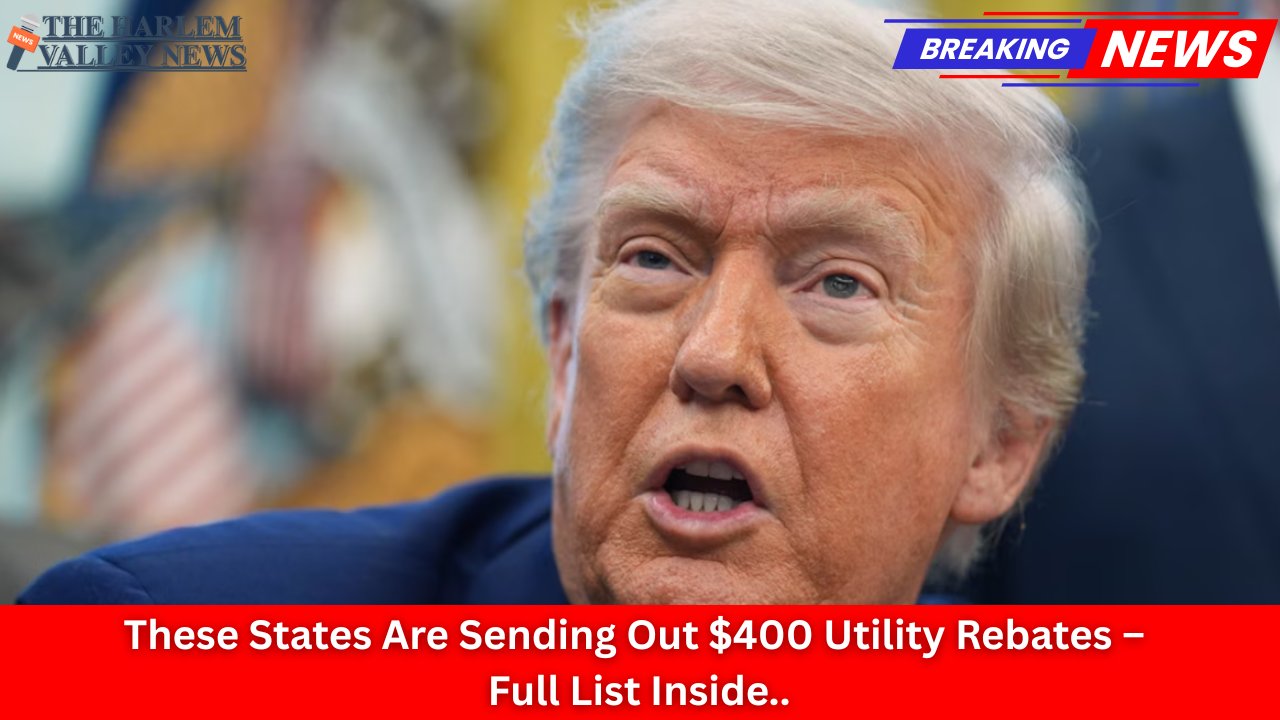





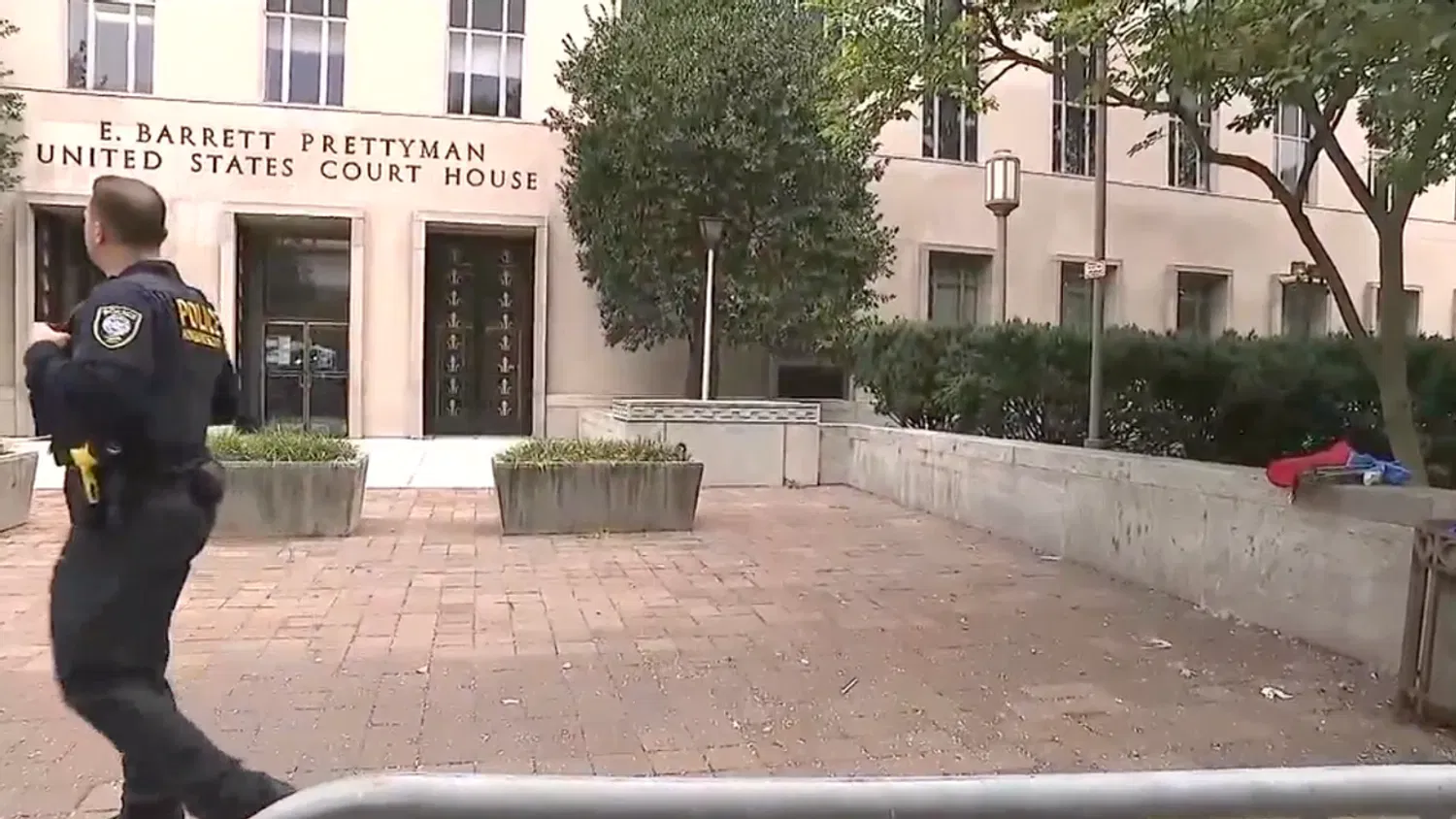


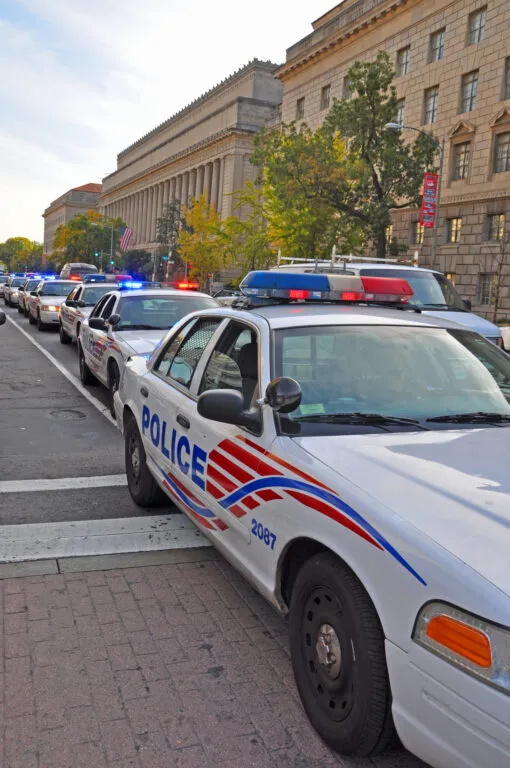
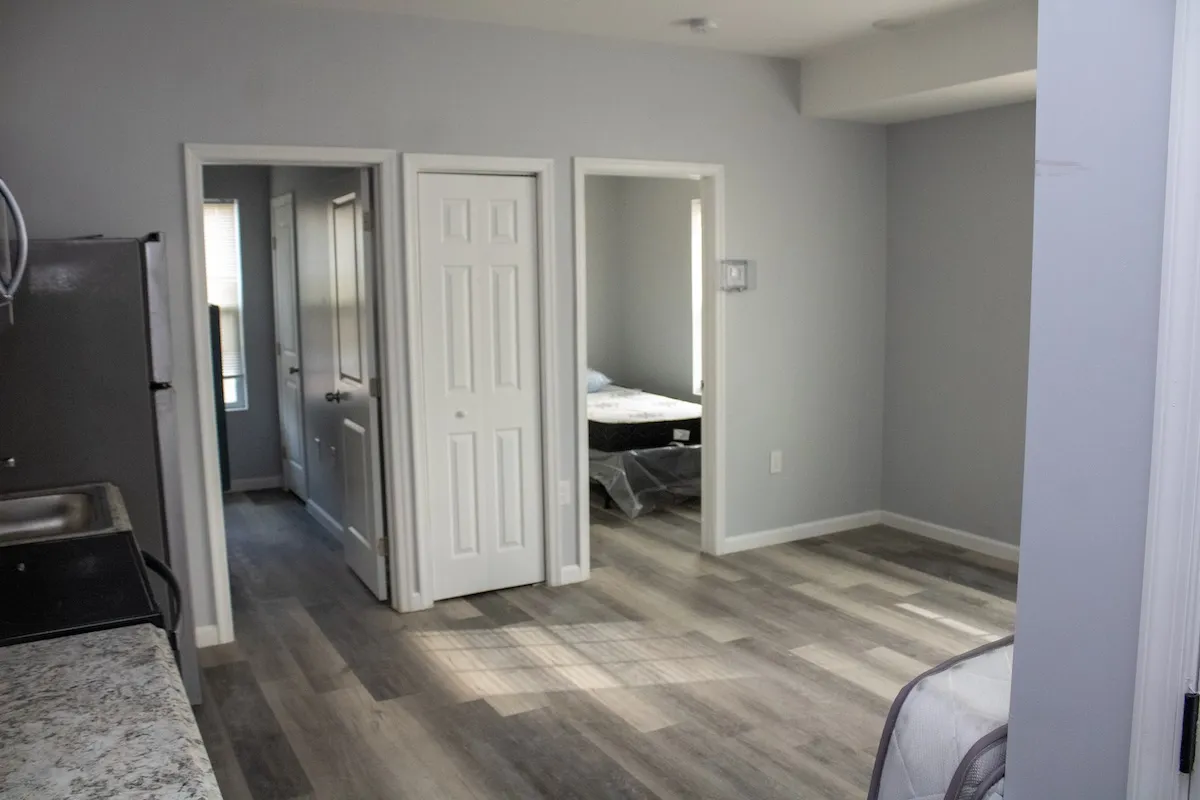

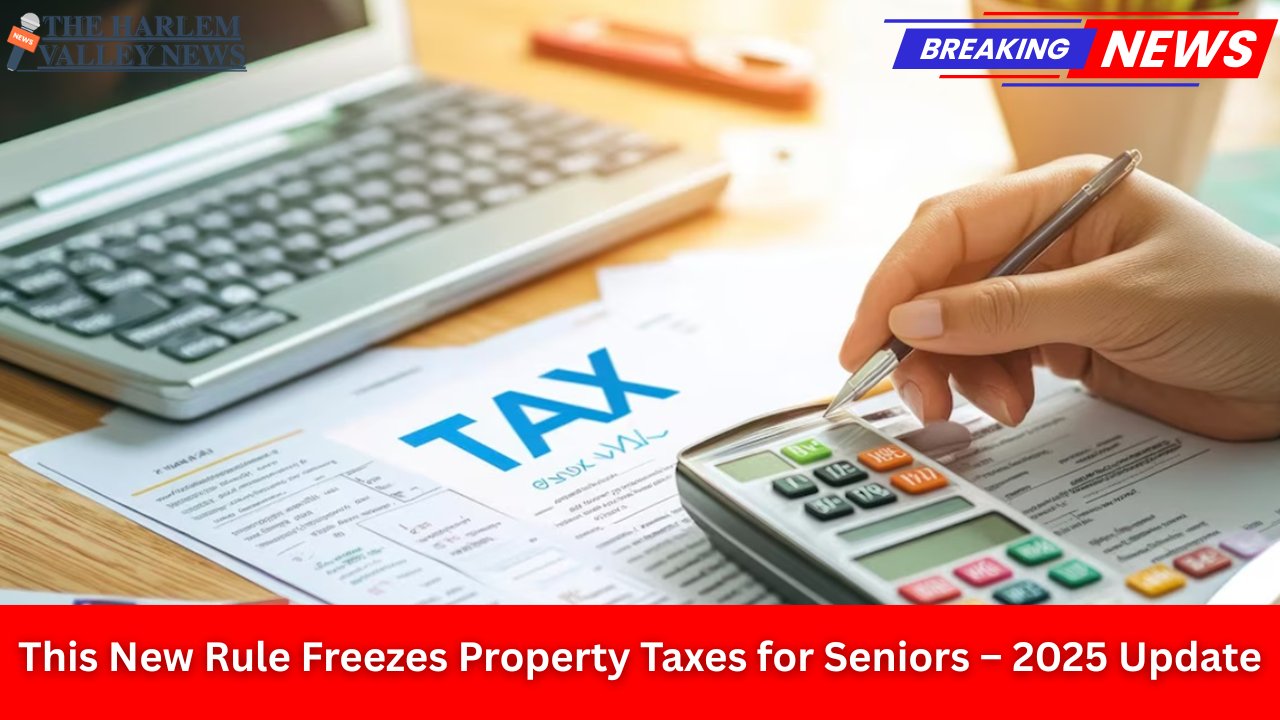
Leave a Reply